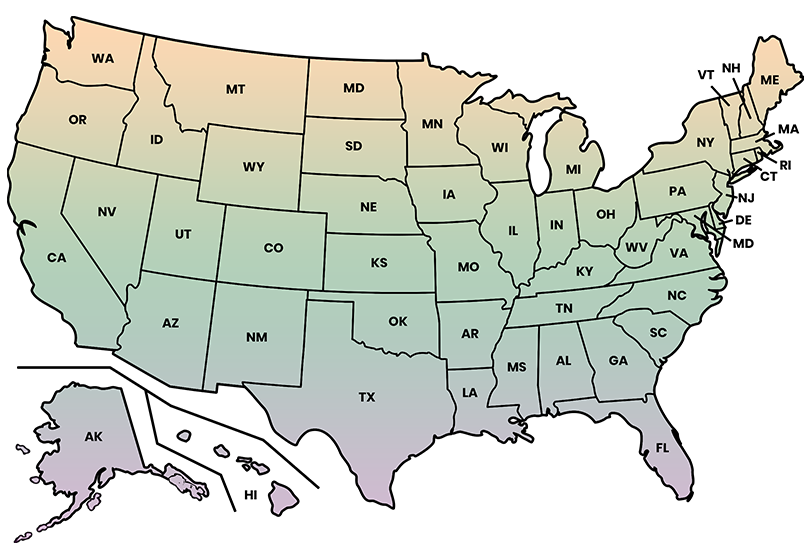In this comprehensive guide, we explore Flexible Spending Accounts (FSAs) for employers. FSAs are valuable tools that can help both employers and employees save money on eligible healthcare expenses. This guide aims to provide you with all the essential information you need to understand, implement, and manage FSAs effectively within your organization.
- What is a Flexible Spending Account (FSA)?
- Key Benefits of Offering FSAs to Employees:
- Types of FSA:
- Employer Responsibilities
- Simplify FSA Reporting on Paystubs!
- Here's how SecurePayStubs helps
What is a Flexible Spending Account (FSA)?
A Flexible Spending Account (FSA) is an employer-sponsored benefit that allows employees to set aside pre-tax dollars from their paychecks to cover qualified medical and/or dependent care expenses. These funds can be used to pay for eligible out-of-pocket healthcare costs, such as deductibles, co-pays, prescriptions, and other medical expenses not covered by insurance. Dependent Care FSAs can be used to cover childcare expenses for eligible dependents, such as daycare, preschool, or after-school care.
Key Benefits of Offering FSAs to Employees
Tax Savings: Contributions made to FSAs are deducted from employees' paychecks before taxes are withheld, resulting in significant tax savings for both employees and employers.
Increased Affordability: FSAs help employees manage healthcare and dependent care costs by using pre-tax dollars, making essential expenses more affordable.
Employee Satisfaction: Offering FSAs demonstrates a commitment to employee well-being and financial wellness, leading to higher job satisfaction and retention rates.
Competitive Advantage: roviding FSAs as part of your benefits package can make your organization more attractive to potential employees and help retain top talent.
Types of FSA
Healthcare FSA
Allow employees to set aside pre-tax dollars to cover eligible medical, dental, and vision expenses for themselves and their eligible dependents.
- Eligible Expenses: Medical, dental, vision, prescription costs, and more.
- Contribution Limits: For 2025, the maximum contribution limit is $3,300 per year per employee.
- Unused Funds: Employers may offer a grace period or allow up to $660 carryover into the following plan year.
Dependent Care FSA
Enable employees to use pre-tax dollars to pay for qualified childcare expenses for children under the age of 13 or dependents incapable of self-care.
- Eligible Expenses: Childcare expenses including daycare, preschool, summer day camp, and after-school care.
- Contribution Limits: For 2025, the maximum contribution limit is $5,000 per year per household (or $2,500 if married filing separately).
Employer Responsibilities
Plan Design: Determine the type of FSAs to offer (Healthcare FSA, Dependent Care FSA, or both) and establish plan guidelines, including contribution limits and eligible expenses.
Employee Education: Educate employees about the benefits of FSAs, how they work, and how to maximize their savings potential through effective use of the accounts.
Administration: Oversee FSA enrollment, contributions, reimbursements, and compliance with IRS regulations, including providing necessary documentation and record-keeping.
Communication: Regularly communicate with employees about FSA-related updates, deadlines, and any changes to the plan to ensure transparency and understanding.
Conclusion: Flexible Spending Accounts (FSAs) offer employers a valuable opportunity to support their employees' financial wellness while enjoying tax savings for both parties. By understanding the benefits, responsibilities, and best practices associated with FSAs, employers can effectively implement and manage these benefits to enhance their overall compensation package and remain competitive in today's job market.
Simplify FSA Reporting on Paystubs!
With our paystub generator, employers can effortlessly highlight FSA details on employees' pay stubs, ensuring accurate calculations every time. Our intuitive platform simplifies FSA management, providing clear and precise breakdowns of contributions and reimbursements.
Here's how SecurePayStubs helps:
- Easily showcase FSA contributions on paystubs, eliminating manual calculations and reducing errors.
- Generate comprehensive pay stubs that clearly display FSA deductions, enhancing employee understanding of their tax-saving benefits.
- Ensure compliance with IRS regulations while maintaining transparency in FSA processing.
Make FSA reporting a breeze with SecurePayStubs. Start accurately documenting FSA contributions on your employees' paystubs today!
This article has been updated from its original publication date of March 12, 2025.




